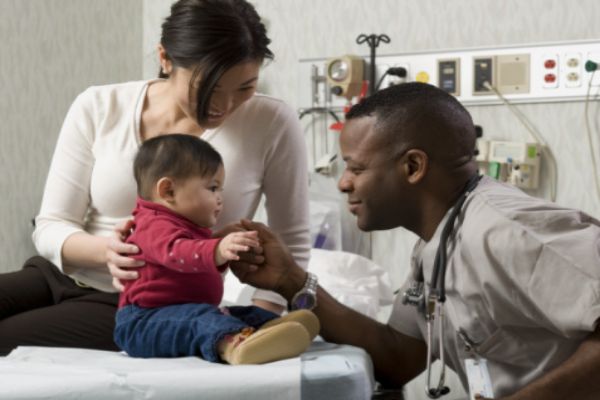Individual Gait Analysis No Better Than ‘Usual Care’ in Children With CP, Study Says

Individually tailored gait analysis interventions are not better than “usual care” interventions in children with cerebral palsy who are still able to walk without assistance and are not expected to require surgery, a study says.
The study, “Gait analysis for individually tailored interdisciplinary interventions in children with cerebral palsy: a randomized controlled trial,” was published in Developmental Medicine & Child Neurology.
Cerebral palsy (CP) comprises a group of neurological disorders that affect posture and restrict movement. These disorders are caused by brain lesions that occur in fetal development or infancy. Although most children with CP retain the ability to walk by themselves, they often exhibit an abnormal gait marked by knee stiffness and toe walking.
There are four types of clinical interventions that can be used to improve gait in children with CP: physiotherapy, orthotics (external devices that facilitate movement control), spasticity management and orthopedic surgery.
In Denmark, children with CP go through a clinical evaluation process, provided by the Cerebral Palsy Follow-up Programme (CPOP), to determine which intervention is best. This evaluation is offered to all children with CP by the Danish healthcare system.
Children who participate in CPOP are evaluated with the Gross Motor Function Classification System (GMFCS) and some with the Gross Motor Function Measure (GMFM).
“However, objective features in the gait that reflect underlying neuromusculoskeletal impairments are not described. This can be done with three-dimensional instrumented gait analysis that provides objective measures of gait in three planes, identification of features, and the underlying impairments. This may be of relevance in the planning of interdisciplinary interventions,” researchers said.
In this study, the Danish researchers set out to test whether individually tailored gait analysis applied to specific interventions would lead to better clinical outcomes compared to “usual care” in a group of children with CP.
The study’s primary outcome was to evaluate gait (measured by the Gait Deviation Index) after 52 weeks. Secondary outcomes included the 1-minute walking test and patient-reported outcome measures of function, disability, and health-related quality of life. All patient-reported outcomes were assessed at 26 and 52 weeks.
The prospective, single-blind, parallel-group, randomized controlled trial (NCT02160457) enrolled a total of 60 children with CP — 39 boys and 21 girls — average age 6, who were randomly assigned to participate in interventions with and without gait analysis (control group). Gait analysis was prepared by an experienced team of health care professionals. All children in the study were able to walk independently.
Some children were recommended for physiotherapy (28 out of 60), followed by orthotics (10 out of 60) and spasticity management (14 out of 60). Orthopedic surgery was not considered the best intervention for any of the study participants.
“Both study groups received individually tailored interdisciplinary interventions based on information from clinical examinations and standardized measurements and the experimental group was provided with an additional gait analysis report,” researchers said.
No significant differences were found in either the primary or secondary outcomes between the two types of intervention groups.
“This study could not confirm the hypothesis that improvement in the overall gait pathology, walking performance, and patient-reported outcomes following individually tailored interventions when gait analysis is used are superior to those following ‘usual care’ … at an early age,” researchers said.
“Gait analysis may still be relevant in many situations, for example, if a functional diagnosis or documentation of changes is needed,” they added.
Πρόσφατα Άρθρα

Why Baby’s Sense of Smell is Important
What’s in a Scent?
They say the nose knows. That couldn’t be truer for your newborn. Their sense of smell is not just incredibly strong, but it helps them learn about people and places, ...

Early Detection + Early Intervention = A Life Full of Possibilities
Baby’s early years are some of the most important years for their development, which is why early detection and early intervention are so critical. In the first years of baby’s life, their brain ha...

Baby-Proofing: 14 Tips for Your Home
Baby-Proofing: 14 Tips for Your Home
Your little one is movin’ and cruisin’! So what’s next? Now the challenge is making sure your house is ready for your toddler’s new explorations. Fol...
